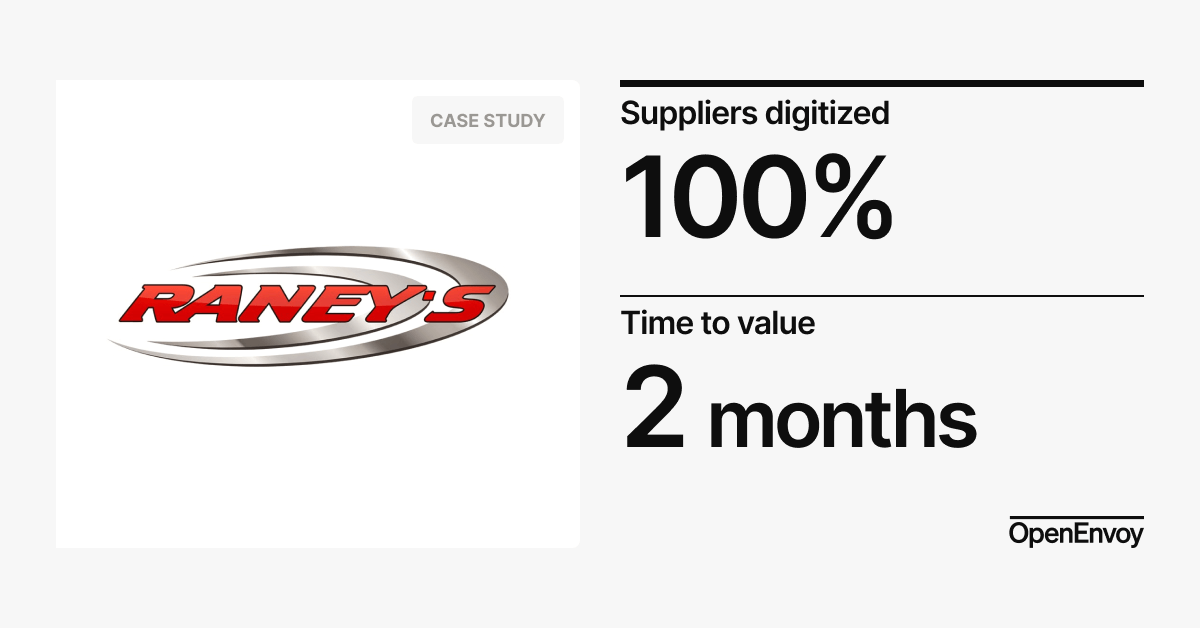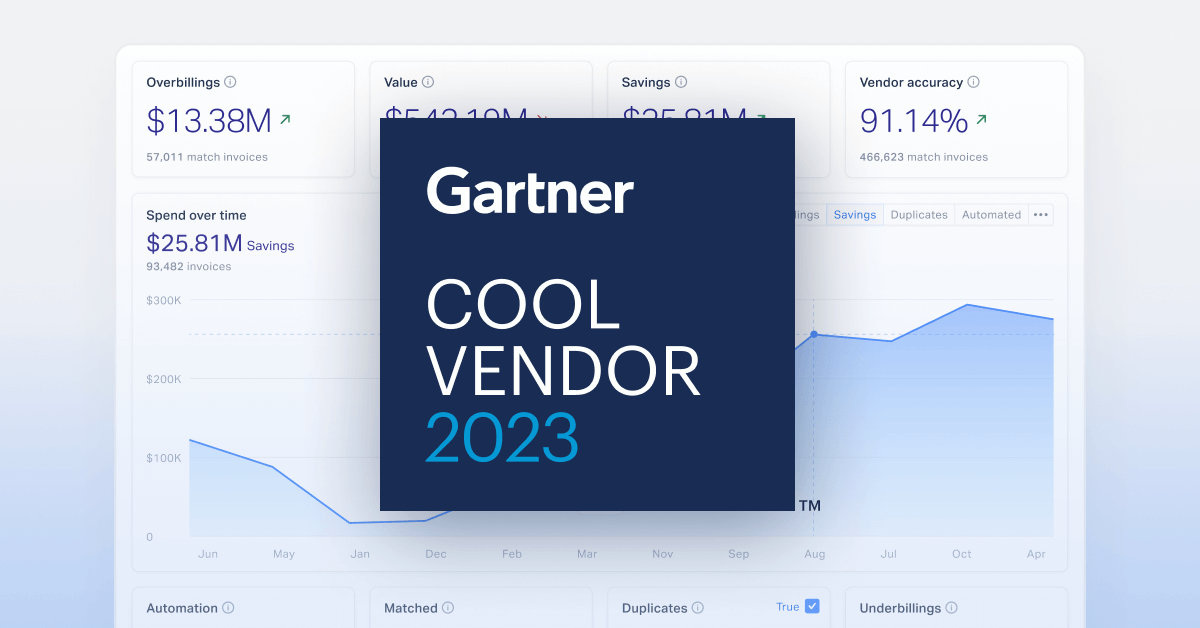< Back to E-Invoicing Overview
Romania has taken significant steps to digitize its financial system, implementing e-invoicing to combat VAT fraud, improve tax collection, and streamline business transactions. The introduction of the RO e-Factura platform has positioned Romania among the European countries with advanced digital tax reporting systems.
Initially mandatory for transactions involving public sector entities, e-invoicing requirements have gradually expanded to cover high-risk B2B sectors. The Romanian government plans to extend the e-invoicing mandate to all domestic B2B transactions by 2024, in alignment with EU recommendations for increased digital transparency.
Regulatory authority
The National Agency for Fiscal Administration (ANAF) manages Romania’s e-invoicing system and tax compliance.
E-invoicing requirements
Since July 2022, all public sector suppliers must issue electronic invoices through RO e-Factura. In high-risk industries such as construction and energy, B2B e-invoicing has also been mandated. The system is expected to expand to all businesses by 2024.
Accepted invoice formats
Invoices must be issued in RO_CIUS XML, based on the European standard EN16931.
Transmission channels
Invoices must be submitted via RO e-Factura, Romania’s central e-invoicing platform, ensuring real-time tax validation.
Digital signatures
Digital signatures are required for invoice authentication and security.
Archiving requirements
Invoices must be stored for ten years.
How B2B e-invoicing works in Romania
Businesses generate invoices in RO_CIUS XML format and submit them via RO e-Factura, where invoices are validated before reaching recipients.
How B2G e-invoicing works in Romania
Invoices must be submitted through RO e-Factura, validated by public authorities, and archived for ten years.


